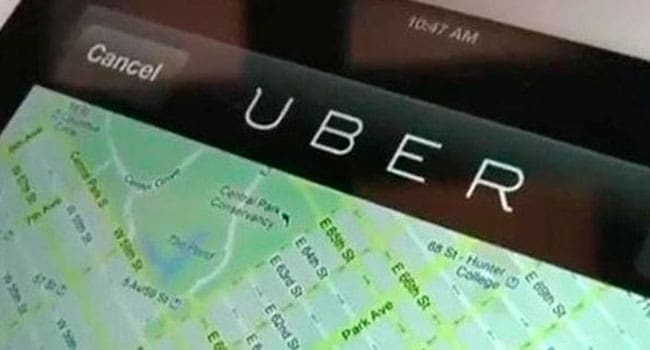 “She’s got a ticket to ride, but she don’t care,” goes the old Beatles song. When it comes to Uber, most riders would sing along.
“She’s got a ticket to ride, but she don’t care,” goes the old Beatles song. When it comes to Uber, most riders would sing along.
If consumer demand was the only issue, the ride-sharing service would probably be operating across Canada by now, just like it does in over 600 cities around the world. Unfortunately, many Canadian jurisdictions have been slow to let Uber hit the road. And even those that have may still be giving the company too hard a time.
As most already know, Uber allows users to get rides from nearby drivers using a mobile app. This makes Uber an intimidating threat to taxi companies and their drivers. Before Uber and its ride-sharing competitors came along, taxi providers enjoyed their own form of supply management. Cities issued a set number of cab licences, making higher profits for taxis and limited service for riders.
Uber responds to the market far better than taxis alone ever could. Taxi companies and drivers have responded to this threat by voicing complaints of varying validity. Detractors say that Uber bypasses operating fees, lacks safety standards and background checks for drivers, and has inadequate insurance coverage. Some say Uber’s surge pricing system alternates between undercutting taxi fees in times and neighbourhoods with low demand, and gouging when demand for rides is high.
So what’s a government to do?
The right answer is minimal but adequate regulation that provides a level playing field for the marketplace. It’s not for government to pick winners versus losers, no matter what the squawking.
Edmonton was the first Canadian city to officially sanction Uber. Its efforts were helped by provincial legislation that makes personal insurance on a vehicle sufficient coverage to offer rides for money. Just the same, the city spent $1.5 million in 2016 to enforce its bylaws, handing out nearly 300 tickets to ride-sharing drivers, apparently without a single conviction.
In the words of William Shakespeare, taxi drivers and politicians “doth protest too much.” In a study released in January, Carl B. Frey of Oxford Martin School compared American cities with and without Uber. The results were somewhat surprising. The presence of Uber seemed to cut the income for salaried taxi drivers by about 10 per cent. Even so, self-employed cabbies actually saw their incomes increase by 10 per cent. Meanwhile, the number of self-employed drivers increased by 50 per cent. Uber drivers earned more per hour than their counterparts in taxis, likely because Uber is more efficient at getting a driver to connect with a passenger. This means a greater percentage of the driver’s time is spent with a rider inside and the meter running.
What all this means is that taxis and ride-sharing services can happily co-exist. Even cabbies are starting to get that. Gurmail Mangat, president of Winnipeg’s Unicity Taxi, told CBC in March that “If there is a level [playing] field, we have no problem competing. … We need to have some guidelines, regulations on them, too.”
Such regulations are being set up at the city and provincial levels, not only in Winnipeg but also in Vancouver, which is soon expected to lose its dubious distinction as the largest North American city without Uber. Regina and Saskatoon await provincial policy changes so drivers can charge for rides without a PT Class license that costs more than $4,000 annually.
Better late than never. Too bad Canadians had to wait so long for the right to take any ride they were ready to pay for.
Lee Harding is a research associate with the think-tank Frontier Centre for Public Policy.
Lee is a Troy Media Thought Leader. Why aren’t you?
The views, opinions and positions expressed by columnists and contributors are the author’s alone. They do not inherently or expressly reflect the views, opinions and/or positions of our publication.

